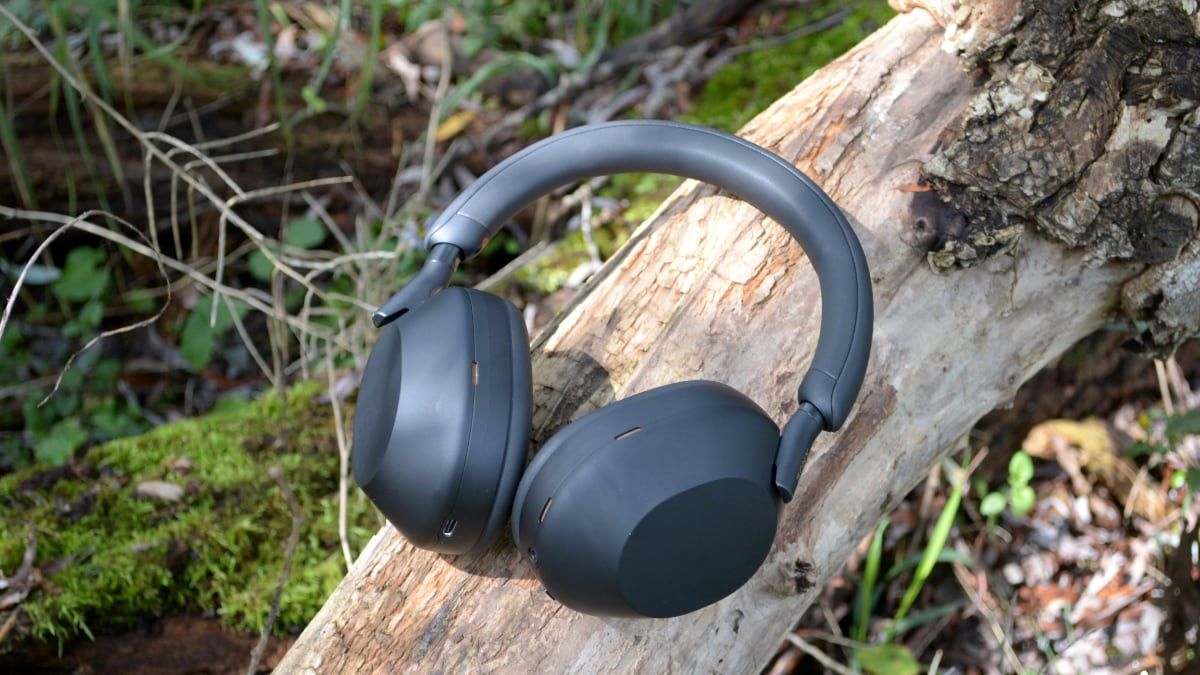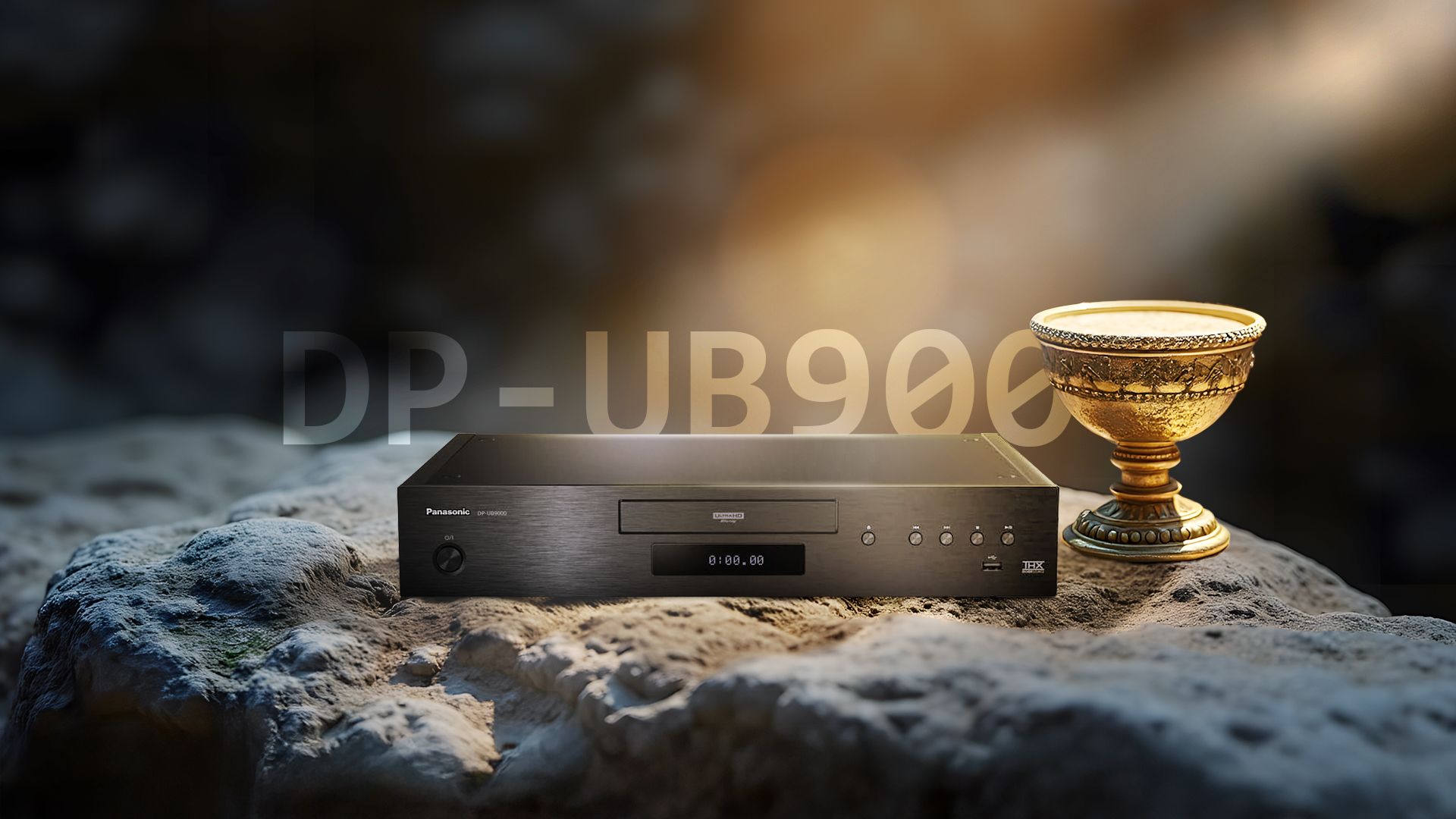Before optical discs started their plunge in popularity, CDs were set to be replaced by the DVD-A format. A format that would take use beyond stereo music and push fidelity into the stratosphere—so what happened?
What the Heck Is DVD-A?
DVD-Audio (DVD-A) was published as an audio disc standard in 1999. Like any DVD, a capacity up to 8.5GB is possible, and on a DVD-A disc almost all of that space is used for audio data.
Having so much room on the disc allows for much higher quality audio than a CD, which generally has around 650MB to 700MB of space. DVD-Audio can handle much higher bit-depths and sampling rates

Related
Sampling Rate and Bit Depth Explained: Why They Matter in Audio Quality
This is what makes your music so crisp.
Perhaps most importantly, DVD-A allows for lossless high-fidelity albums mixed in surround sound, which means music designed for 5.1 (or lower) speaker systems.

Related
Lossless vs. Hi-Res Audio: What’s the Difference?
And which one is more important if you’re looking for the best listening experience?
How Does DVD-A Compare to Other Hi-Res Audio Formats?
When DVD-A was first announced, it had several competitors, one of which was SACD, aka Super Audio Compact Disc. While SACD and DVD-A both offer high-resolution audio, SACD doesn’t have the multichannel mix option, and it can’t hold as much music.
Well, that’s not entirely true. SACDs have hybrid discs that have an SACD and normal CD side. Which gives the SACD side about 4.5GB of storage. However, dual layer SACDs have the same overall capacity as a dual-layer DVD-A disc.
Another advantage DVD-A has over SACD is that it can contain video data, such as menus and featurettes, or music videos.
Compared to modern lossless and high-res digital audio formats, DVD-A is no slouch. All formats are capable of 96kHz sampling rates, and stereo mixes can reach a ludicrous 192kHz, perfect if you want to make music for bats, elephants, and whales.
How Much Music Was Published As DVD-A?
Discogs has about 2,000 titles listed for DVD-A releases, which is far less than even SACD, which has almost 16,000 titles listed on the site. SACD also failed to be the successor to the CD, thanks to the rise of iPods and digital music distribution, but DVD-A was even more niche than that.
As you might expect, a lot of the music published in this format is for genres like jazz or classical music, which are audiophile favorites. Similarly, big popular album releases were more likely to get a DVD-A release than albums that are less mainstream, or don’t have rabid music fan followings. Apparently, the DVD-A version of Pink Floyd’s Dark Side of the Moon is incredible as a 5.1 surround mix, but I can’t even find a link to a copy online!
I think one of the reasons that not many DVD-A albums were made is how complex and expensive it is to remix stereo music for a multichannel mix. It’s one thing when you do a surround live recording of an orchestra, but digging into an existing multi-track recording for a stereo mix and having to create a new surround mix from it can’t be easy.
You Need a DVD-A Compatible Player
While many DVD-A discs offer some form of compatibility with standard DVD players, it’s not guaranteed. To get the most out of DVD-A you need a player that explicitly supports it. Since it’s such a nice format, you’d expect support would be rare, and you’d be right. I recently went looking for a holy-grail Blu-ray player and even that $1,000 behemoth doesn’t support DVD-A.
That said, if you happen to have a Blu-ray or other type of player that supports DVD-A, and you’ve never bothered to look into the format, it might be worth looking for your favorite music if it happens to have a release.






